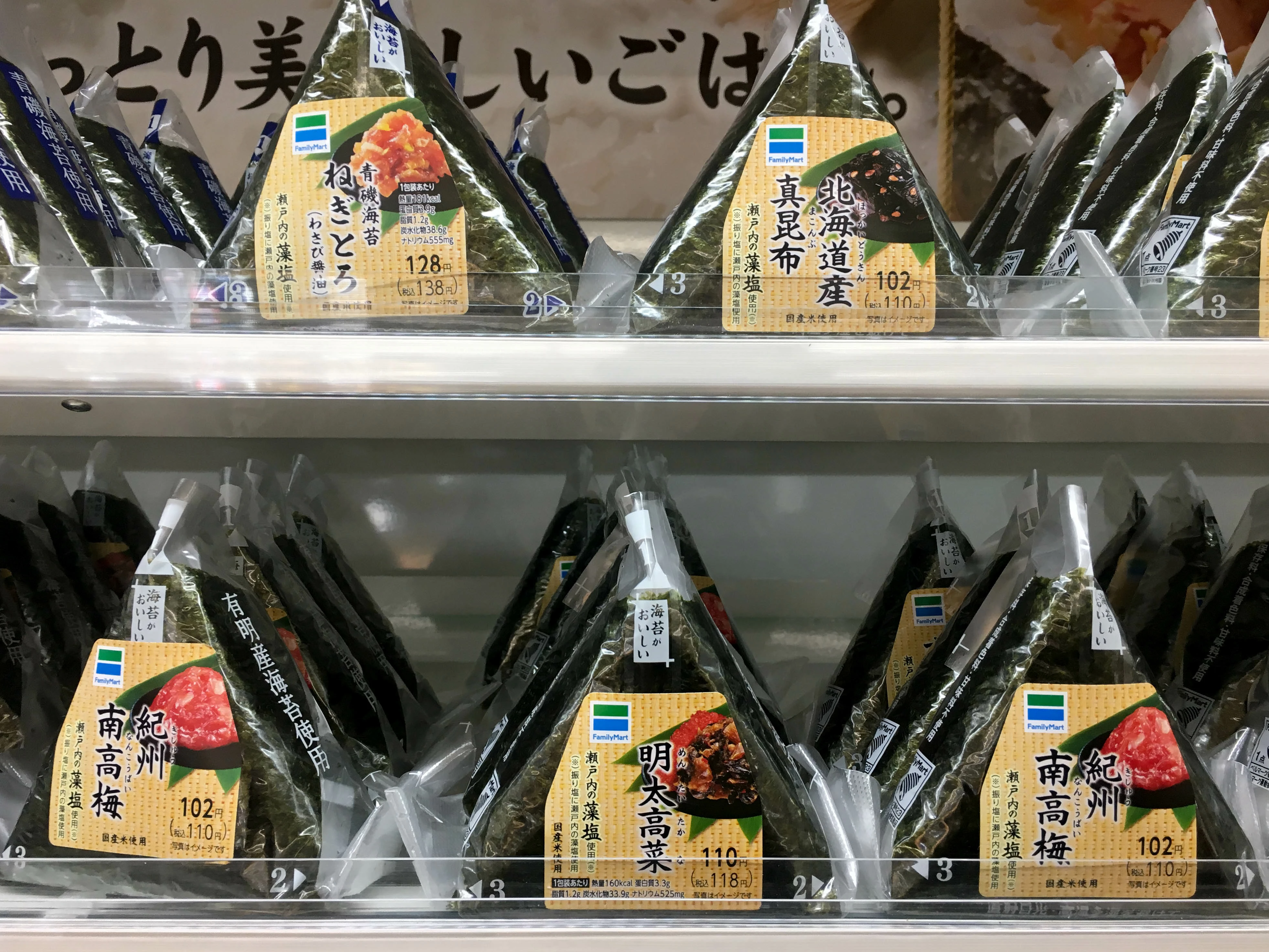
Partner Article
UK companies can use culture and heritage to conquer foreign markets - by learning from the Japanese
Internationalising can be difficult for businesses, especially if their products are grounded in domestic cultural traditions and require the possession of some degree of cultural knowledge to be understood, used, and valued by foreign customers. But new research from the UCL School of Management reveals three different “cultural strategies” available to these companies if they wish to succeed on an international scale.
Success may require managers to explore opportunities to adapt the way products are designed, produced and sold, to bridge domestic and foreign values, traditions and preferences.
Professor Davide Ravasi – together with Innan Sasaki, Warwick Business School, and Niina Nummela, University of Turku, Finland – looked at how businesses can navigate tensions between adjusting traditional products to foreign taste, while at the same time respecting their integrity and authenticity.
They studied how a group of Japanese producers of heritage craft located in Kyoto expanded internationally over a number of years. The findings point to three strategies that can be used, alternatively or in conjunction, to make traditional products more appealing to foreign customers.
“The first, selective targeting, focuses on segments of foreign customers that are sufficiently knowledgeable to appreciate the products in the original, unaltered forms. Managers we studied, for instance, initially targeted connoisseurs, collectors, migrant communities, and fans of Japanese culture more generally. They also actively tried to educate their customers about the cultural traditions that give meaning and value to the products.
“The second, cultural adaptation, is characterised by the willingness to partially adapt products – or the way they are packaged or communicated – to foreign preferences and consumption patterns. Local distributors, here, can play an essential role by helping educate customers through cultural storytelling and other initiatives, or, conversely, by suggesting alternative uses of traditional products or adjustments consistent with local customs and preferences.
“The third one, cultural transposition, uses collaborations with foreign designers to apply traditional aesthetic or technical elements to entirely different products – that is, using gilding techniques for temple furniture to decorate bathroom tiles – to be marketed to national and international customer segments attracted by the combination of tradition and modernity.
“Both local distributors and foreign designers support these strategies by serving as cultural intermediaries – individuals who support development and sales of products of symbolic value by helping make them meaningful for consumers.” says Ravasi.
The research found that the first strategy – selective targeting – rarely leads to substantial international sales, being dependent on the relative size of the culturally-savvy segments it addresses. Yet they found that 9 firms out of 10 first adopted this strategy as they internationalised. They introduced adapted products only after acquiring better knowledge and understanding of local tastes and preferences. Selective targeting, them, appears to be an important first step to acquire better knowledge and understanding of local tastes and preferences to support cultural adaptation – a more promising strategy that enables access to broader segments of foreign markets. In the one occasion where alterations were introduced directly in the absence of prior learning, failure occurred.
By highlighting alternative strategies to support growth through internationalization in traditional sectors, findings from this study have important implications for both managers and policy-makers interested in safeguarding cultural heritage and traditions, and using them as a source for competitive advantage in international trade.
The research is published in the Journal of International Business Studies.
This was posted in Bdaily's Members' News section by UCL School of Management .
Enjoy the read? Get Bdaily delivered.
Sign up to receive our popular morning National email for free.








 How to make your growth strategy deliver in 2026
How to make your growth strategy deliver in 2026
 Powering a new wave of regional screen indies
Powering a new wave of regional screen indies
 A new year and a new outlook for property scene
A new year and a new outlook for property scene
 Zero per cent - but maximum brand exposure
Zero per cent - but maximum brand exposure
 We don’t talk about money stress enough
We don’t talk about money stress enough
 A year of resilience, growth and collaboration
A year of resilience, growth and collaboration
 Apprenticeships: Lower standards risk safety
Apprenticeships: Lower standards risk safety
 Keeping it reel: Creating video in an authenticity era
Keeping it reel: Creating video in an authenticity era
 Budget: Creating a more vibrant market economy
Budget: Creating a more vibrant market economy
 Celebrating excellence and community support
Celebrating excellence and community support
 The value of nurturing homegrown innovation
The value of nurturing homegrown innovation
 A dynamic, fair and innovative economy
A dynamic, fair and innovative economy